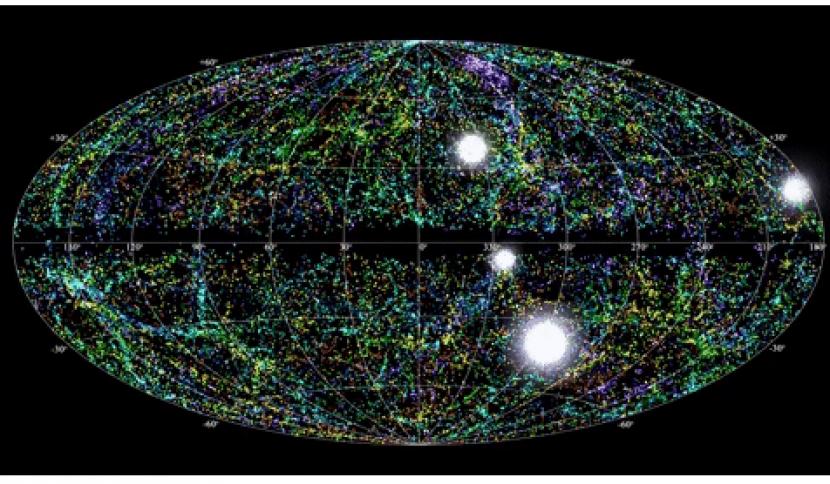Scientists trace the origin of FRB 20200120E. to 11.7 million light-years away.
REPUBLIKA.CO.ID, JAKARTA — Scientists recently discovered a rapid repeating radio burst (FRB) named FRB 20200120E. This finding deepens the mystery of this already very mysterious space signal.
Astronomers have tracked the location of where this FRB came from. It turns out, from the results of research published in Nature, this FBR comes from a galaxy 11.7 million light years away. This makes it the closest known extragalactic fast radio burst, 40 times closer than the next closest extragalactic signal.
FRB20200120E is in the minority among the repeating FRBs. Reported from SciencealertThursday (24/2/2022), a team of astronomers has confirmed the location is ini globular clusters – very old clusters of stars. This location is not the kind of place one could at all expect to find the kind of star that emits FRBs.
This is why it is a problem. Spherical clusters are groups of compact stars that tend to be very old and long-lived, and low-mass, not greater than the mass of the Sun. All of their stars are thought to have formed from the same gas cloud at the same time. Like a small town, these stars then live their mostly quiet existences together.
Semburan FRB first discovered in 2007. FRBs consist of very strong signals from outer space millions of light years away. Some FRBs emit energy in excess of 500 million Suns and are only detectable in radio wavelengths.
These explosions are extremely brief, shorter than the blink of an eye—only milliseconds in duration. Most FBR non-recurring, making it very difficult to predict, track, and therefore understand.
By analyzing the fine structure of these radio signals, astronomers have found the types of objects they think could cause them, with dense objects such as neutron stars as the main theory. Then, in 2020, came a massive buzz. The FRB was eventually detected from within the Milky Way galaxy, emitted by the magnetar.
Magnetars are a rare type of neutron star, the collapsing core of a dead star starting between eight and 30 times the mass of the Sun.
–
–
–
–


